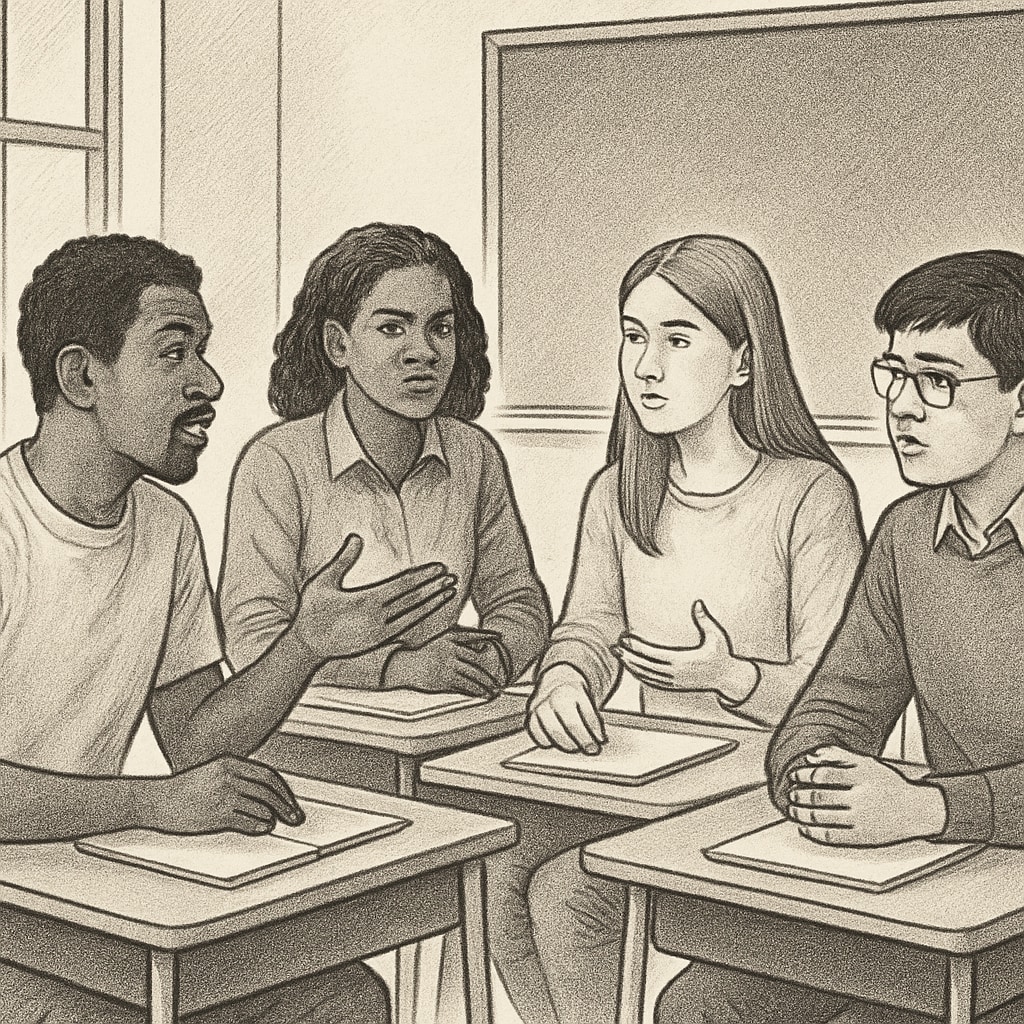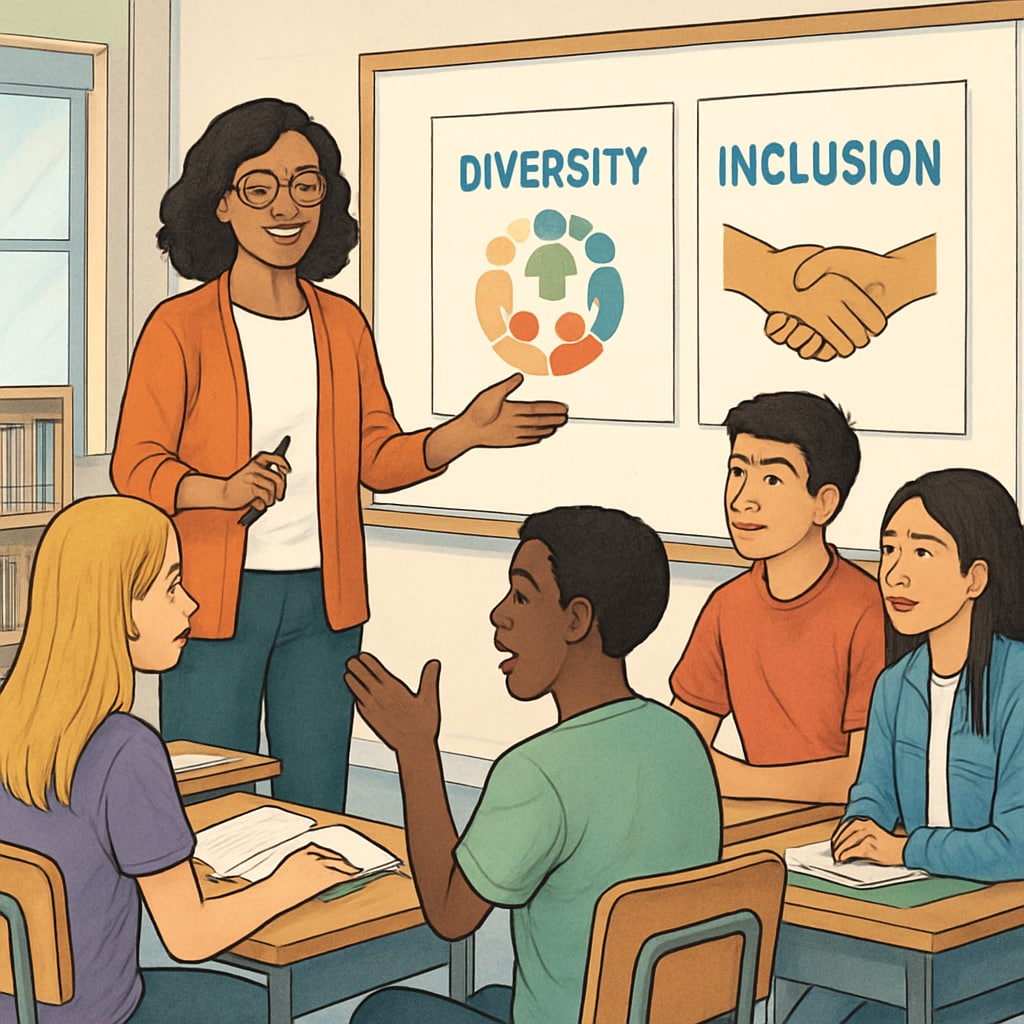In recent years, “wokeness” in schools has sparked significant debate, and understanding students’ perspectives on this topic is crucial for shaping the future of education. Students are at the center of these conversations, as they experience firsthand how schools address social issues. This article delves into how young people perceive “wokeness” in education, highlighting their insights on the evolving role of schools in social advocacy.
What Does “Wokeness” Mean to Students?
The term “wokeness” often refers to an awareness of social justice issues, including race, gender, and equality. For students, this concept can take on various meanings depending on their personal experiences and cultural context. Many students appreciate schools that actively promote inclusivity and diversity, as these values resonate with their desire for a fairer society. However, others feel that certain initiatives may lack authenticity or excessively politicize the learning environment.
For example, some students have expressed concerns that an overemphasis on “wokeness” might detract from academic priorities. Conversely, others view such efforts as essential in preparing them to engage with real-world challenges. This duality underscores the need for schools to strike a balance between social advocacy and educational rigor.

The Role of Schools in Addressing Social Advocacy
Schools have increasingly embraced their responsibility to address societal issues, from climate change to racial equity. This shift reflects broader cultural trends, but how do students feel about this change? Research suggests that many students value these efforts, particularly when they are integrated thoughtfully into the curriculum.
Students often cite the following benefits of “wokeness” in schools:
- Enhanced awareness and understanding of diverse perspectives.
- Development of critical thinking skills through discussions on complex issues.
- A stronger sense of community and belonging, particularly for marginalized groups.
However, some students also voice criticisms. For instance, they worry about tokenism or superficial gestures that fail to address systemic problems. Others feel that the focus on social issues should remain secondary to academic excellence. These perspectives highlight the complexity of integrating “wokeness” into education effectively.

Implications for the Future of Education
The growing emphasis on “wokeness” in schools signals a broader transformation in education. As students continue to voice their opinions, educators and policymakers must consider their feedback to ensure that social advocacy efforts are meaningful and impactful.
To navigate these challenges, schools can adopt the following strategies:
- Incorporate student input when designing diversity and inclusion programs.
- Focus on authentic, systemic changes rather than one-time initiatives.
- Ensure that social advocacy complements, rather than overshadows, academic goals.
By prioritizing these approaches, schools can create environments where “wokeness” supports both personal growth and academic success. As a result, students will be better equipped to contribute to a more equitable and inclusive society.
Readability guidance: Short paragraphs, clear lists, and logical transitions enhance the article’s flow. Overuse of passive voice and long sentences has been avoided to maintain clarity.


